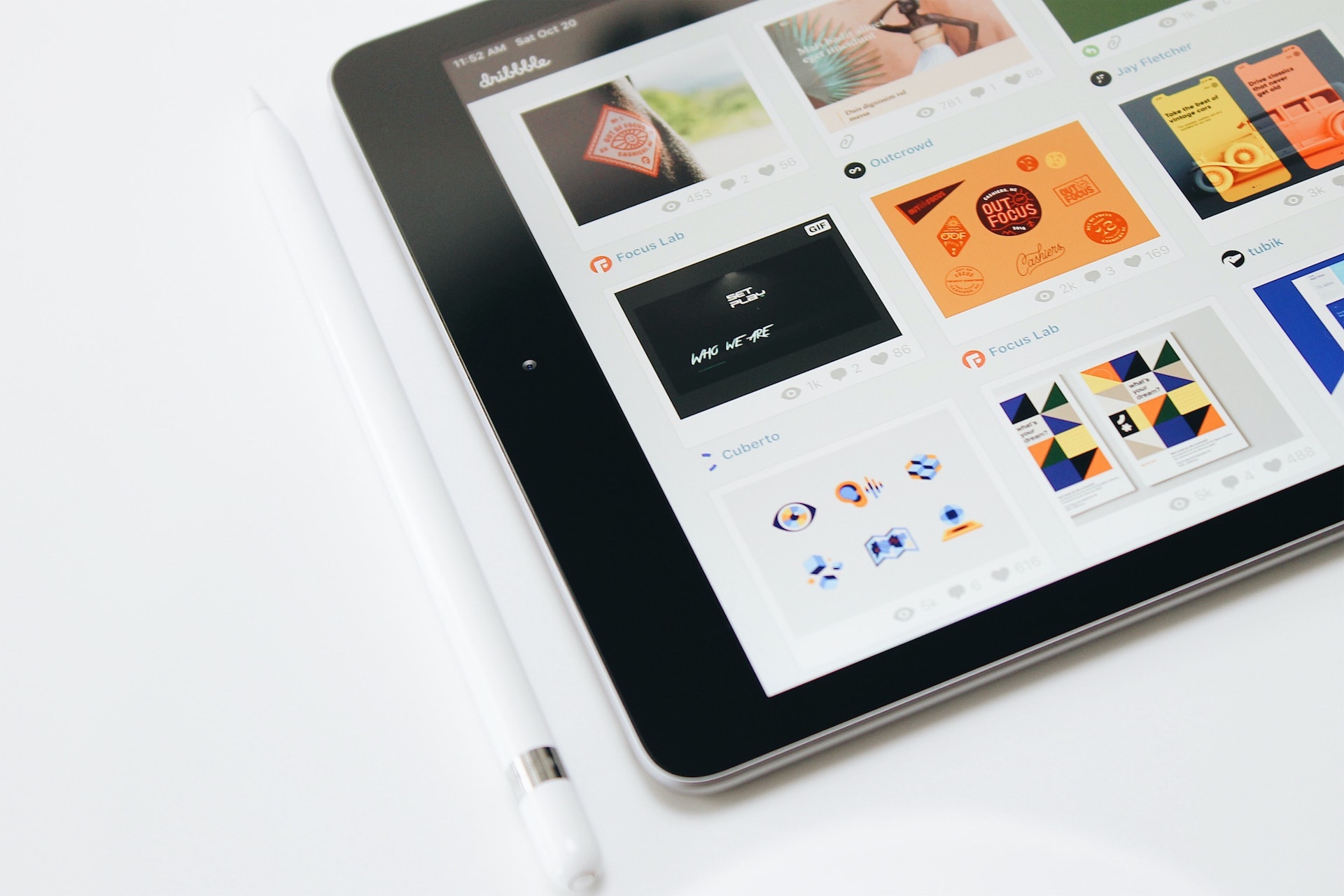In a world where visuals are omnipresent, the importance of graphic design is magnified. Whether it’s a social media post, a billboard advertisement, or a website homepage, graphic design is at the forefront of delivering messages in a visually compelling and efficient way. It’s the art and science of combining text, images, colors, and symbols to communicate an idea or message. It’s the visual language that we use to interpret our world, understand information, and make connections.

The Ubiquity of Visual Communication
Visual communication is pervasive in our daily lives. From the moment we wake up and check our phones to the time we wind down at night, we are constantly inundated with visuals: digital displays, product packaging, signage, television, and more. These images, icons, and graphics are much more than decorative elements. They serve as a means of communication, designed to catch our attention, inform us, persuade us, or evoke emotions within us.
The influence of visual communication is not a recent phenomenon. For centuries, mankind has used visuals to represent ideas and messages, from ancient cave paintings and hieroglyphs to medieval tapestries and frescoes. However, in our increasingly digital age, the power and presence of visual communication have reached new heights.

Graphic Design: The Linchpin of Visual Communication
In the midst of this flood of visual content, graphic design emerges as a crucial skill. It’s the art of creating visual content to communicate messages. Applying visual hierarchy and page layout techniques, graphic designers use typography and pictures to meet users’ specific needs and focus on the logic of displaying elements in interactive designs to optimize the user experience.
A good graphic design can convey a message or create an impact much more efficiently than words alone. As the saying goes, “a picture is worth a thousand words.” In graphic design, a well-crafted logo, a thoughtfully designed website, or a cleverly designed advertisement can convey a complex idea quickly and effectively. Whether it’s building a brand identity, explaining complex data, or guiding the user’s navigation on a digital platform, graphic design plays an indispensable role.
Graphic Design in Understanding Our World
Graphic design is not only a tool for communication but also a lens through which we understand the world. It gives shape to our ideas and our understanding. When a graphic designer creates a visual representation of an abstract concept, like a logo for a brand, they are essentially creating a visual symbol that our minds can understand and remember. This symbolic representation helps us to comprehend the concept better and quicker.
Moreover, good design also influences our decisions and behaviors. A well-designed user interface, for instance, can guide our actions on a website, making it easy for us to find information or perform a task. In a similar way, a well-designed infographic can help us understand complex data and make informed decisions.
In the realm of social and political awareness too, graphic design has a significant impact. Posters, logos, symbols, and social media graphics can capture the essence of social issues and movements, inspiring action and change.
To summarize, the role of graphic design in our daily lives is undeniable. As a potent form of communication, it permeates every part of our visual landscape. It helps us to interpret the world around us, to understand abstract ideas, and to navigate our digital environment. As our world continues to evolve, the importance of graphic design will only grow. Its ability to combine art, technology, and communication will continue to shape our understanding of the world and the way we interact with it.
Graphic Design Agencies: Fostering Collaboration and Purpose in Visual Communication
In the realm of visual communication, graphic design agencies play a vital role. Agencies and design firms serve as a bridge between the world of design and the various industries in need of visual content. They bring together teams of skilled designers, art directors, copywriters, and other creative professionals to work on a wide range of design projects. But beyond providing design services, these agencies serve as collaborators, working closely with their clients to bring their vision to life and communicate their message effectively.
A graphic design agency’s relationship with its clients is not just transactional—it’s a partnership. Agencies work closely with clients throughout the entire design process, from the initial conceptualization to the final execution. This collaborative approach ensures that the end product aligns with the client’s brand, goals, and audience.
Clients come to agencies with a specific purpose: to communicate a message, promote a product or service, or enhance their brand’s visual identity. The agency’s job is to understand this purpose and translate it into a compelling visual design. They do this through research, brainstorming sessions, sketching, prototyping, and iterative designing. Throughout this process, the client’s input and feedback are invaluable. This collaboration results in a design that is not only visually appealing but also effective in achieving the client’s objectives.
The agency-client relationship extends beyond individual projects. Many agencies work with their clients on a long-term basis, becoming their go-to resource for all their design needs. In these long-term partnerships, agencies can develop a deep understanding of the client’s brand, audience, and goals, allowing them to produce consistently high-quality designs that resonate with the target audience.
In close, graphic design agencies play a critical role in visual communication, serving as collaborators and problem-solvers. They work closely with their clients, understanding their purpose, and creating designs that effectively convey their message. In doing so, they help businesses and organizations connect with their audience in a meaningful and impactful way.
The Field of Graphic Design
The field of graphic design is continually evolving and expanding to accommodate the needs of an ever-changing world. The past few years have seen the emergence of new design disciplines, largely influenced by advancements in technology, shifts in consumer behavior, and a greater focus on sustainable and inclusive practices. These disciplines addresses a specific need or challenge, and they all highlight the growing influence of design in shaping our world. The emergence of these new disciplines also underscores the need for designers to continually learn and adapt in an evolving field.









